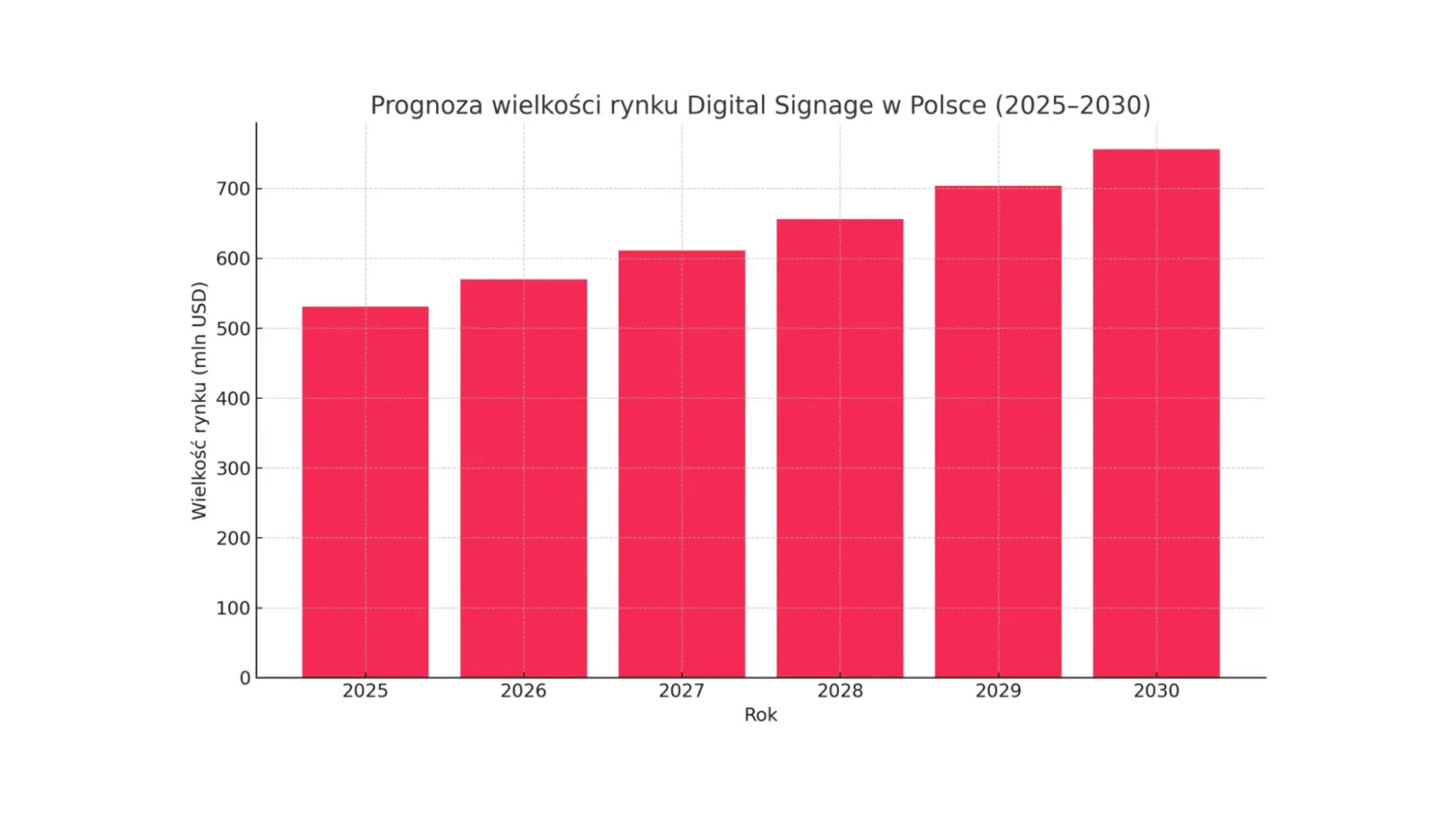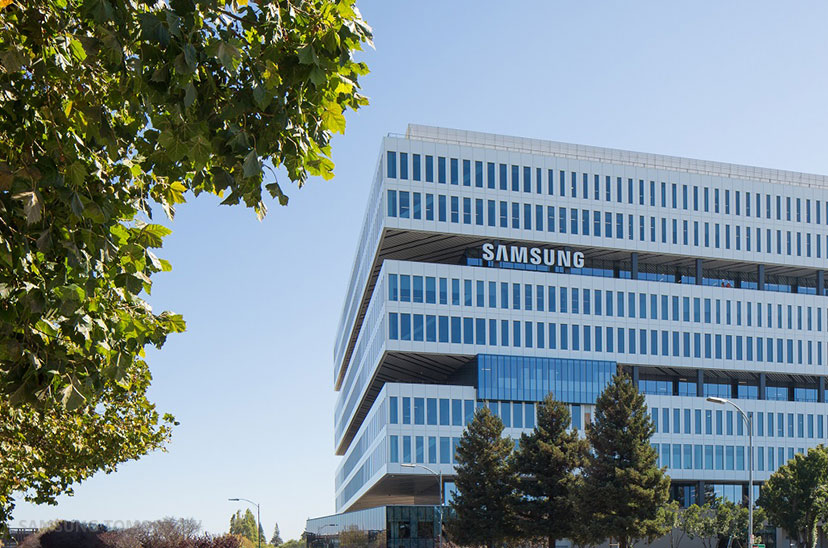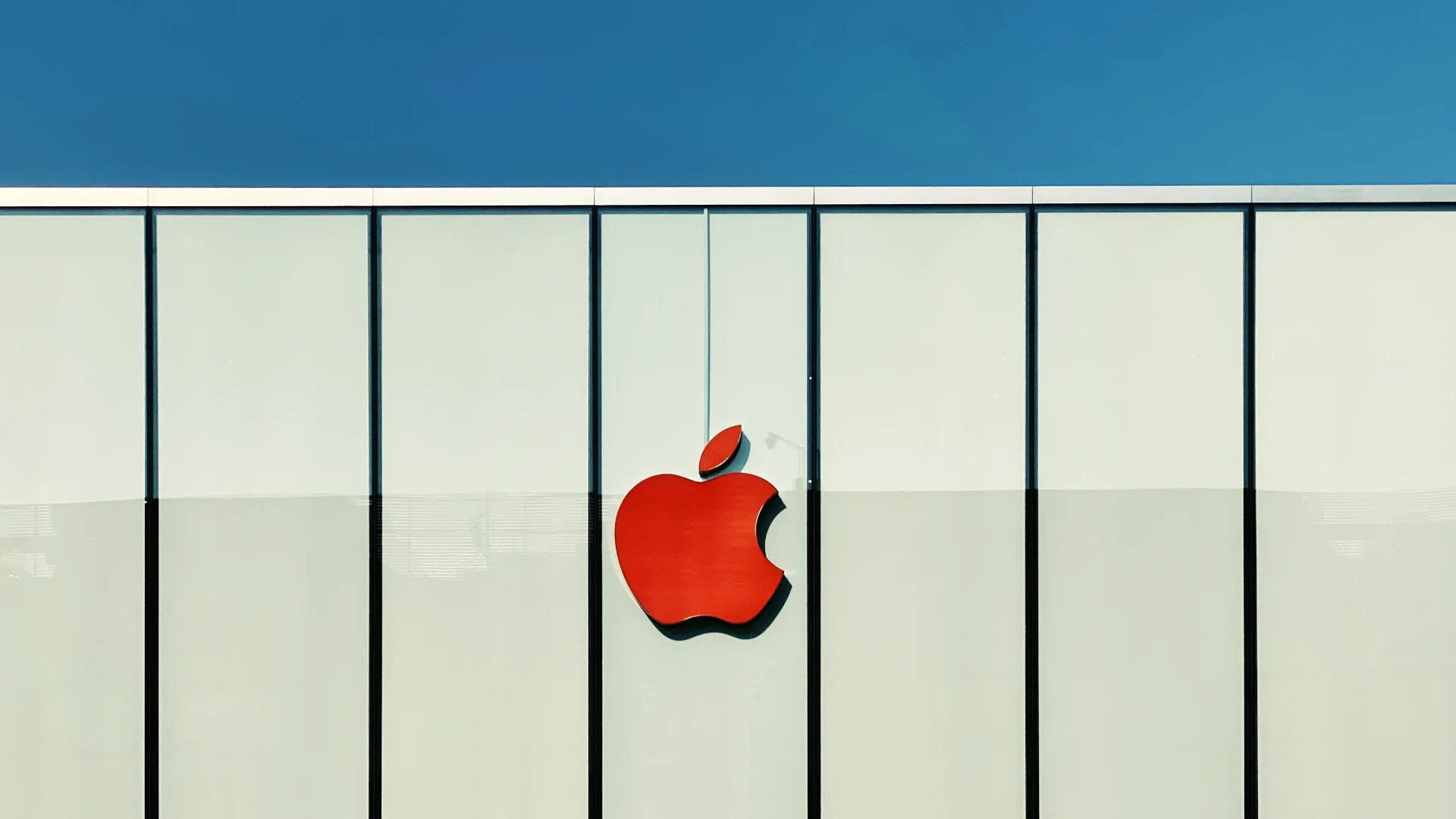Every day, millions of people around the world interact with digital screens, which have become an almost invisible yet ubiquitous part of the urban and commercial fabric. We stare at them at bus stops, checking the actual time of a vehicle’s arrival. They guide us through the mazes of shopping centres, pointing the way to the shop of our choice and tempting us with dynamic promotions. They welcome us at the reception desks of modern office buildings, streamline hotel check-in and allow us to order a meal in a fast-food restaurant without a single word spoken to the staff. This digital revolution, known collectively as digital signage, has evolved from a quiet background into an active participant in our everyday lives.
This ubiquity, however, raises a fundamental analytical question that goes beyond the simple observation of the phenomenon. Are we witnessing a permanent, profound transformation in the ways in which we communicate, deliver services and organise space, which would make these technologies a fundamental need of the modern world? Or is it merely a passing fad, driven by marketing hype, a fascination with novelty and a desire to demonstrate innovation, which in time may prove to be an unsustainable, costly experiment? The answer requires a multidimensional analysis, from hard market data, to measurable benefits, to technological innovation and real-world challenges.
Market fundamentals: evidence of technology maturity
To reliably assess whether we are dealing with a fad or a need, it is first necessary to ground the discussion in hard economic data. By analysing global and local markets, their structure and growth dynamics, it is possible to understand that we are not talking about a niche phenomenon, but a powerful global economic sector.
According to a report by Grand View Research, the global digital signage market was valued at approximately US$28.83 billion in 2024, with a forecast to grow to US$45.94 billion by 2030, representing a stable compound annual growth rate (CAGR) of 8.1%. Other sources, such as MarketsandMarkets, report similar single-digit growth forecasts. In technology lifecycle models such as Gartner’s ‘Hype Cycle’, phenomena referred to as ‘fads’ are characterised by rapid, speculative growth followed by a painful correction. Stable forecasts for digital signage indicate that the technology has long since passed this stage and is on a ‘productivity plateau’, where it is deployed not for novelty’s sake, but for delivering real value.
In this global landscape, Poland represents an interesting and rapidly growing segment. The Polish market is estimated to be worth USD 494.1 million in 2024, with a forecast to grow to USD 753.1 million by 2030 (CAGR of 7.3%). Significantly, kiosks were the largest revenue segment in the Polish market in 2024, with a share of 27.22%. This structure suggests that the Polish market is largely driven by the need to automate processes and implement self-service solutions – from ticketing machines to queuing systems in offices to checkouts in retail. This is a strong argument in favour of the ‘need’ thesis, driven by specific socio-economic conditions such as rising labour costs and changing consumer expectations.
The argument for ‘need’: measurable benefits and evidence from implementations
The ultimate test for any technology is its ability to solve real-world problems. Analysis of digital signage deployments in key sectors provides strong evidence of a fundamental need.
Smart City and Public Sector: In offices, post offices or courts, information screens and kiosks are becoming the digital front-end of administration, improving the service to petitioners and reducing chaos. In public transport, dynamic boards with actual departure times (Passenger Information Systems) are no longer a luxury but a standard. An excellent example is the system implemented in Poznań, where screens at bus stops, integrated with open ZTM data, allow the location of vehicles to be tracked in real time. As the developers emphasise, the key benefit is to “reduce the barrier of accessibility of digital services to people who do not use the app on a daily basis”, making the technology a tool for digital inclusion.
Retail and Catering: In the commercial sector, the case for ‘need’ is even more pronounced. Data shows that dynamic messages capture the attention of 63% of people, and almost half of customers (47-48%) make a purchase decision under their influence. The implementation of digital signage can lead to an average increase in sales of 31.8%. The most spectacular example is self-service kiosks in quick service restaurants (QSR). After their installation in the McDonald’s chain, the average order value increased by up to 30%. Customers, feeling less pressure, explore the menu more freely and the kiosk interface is an excellent upselling tool – 20% of customers who would not normally order a drink will do so if it is suggested to them by the kiosk.
Healthcare: In hospitals and clinics, where stress and misinformation can have serious consequences, digital signage is becoming a tool to improve the quality of care. Interactive wayfinding kiosks and screens in waiting rooms, displaying queue status, reduce perceived waiting times by up to 35%. A study conducted in the emergency department of Brigham and Women’s Hospital (affiliated with Harvard Medical School), published in 2023 in JMIR Formative Research, proved groundbreaking. It showed that patients in rooms equipped with digital dashboards (displaying real-time information about the treatment team and care plan) reported a statistically significant increase in satisfaction with communication and were more likely to recommend the facility. This is scientific confirmation that intelligent digital signage directly translates into key quality indicators in healthcare.
Corporate Communications: In a world of hybrid working and information overload, screens in shared office spaces are an effective alternative to overflowing email inboxes. Integrated with office tools such as calendars or analytical systems (e.g. Power BI), they become dynamic dashboards to support daily work. Given that effective internal communication can increase productivity by up to 25%, investment in this channel is becoming a strategic necessity.
The argument for ‘fashion’: innovations that shape the future
While the evidence for the usefulness of digital signage is strong, one cannot ignore the fact that much of the market dynamics are driven by a constant technology race. It is these disruptive technologies that create the impression of ‘fashion’.
Artificial Intelligence and Personalisation: AI is revolutionising digital signage, transforming static displays into intelligent platforms. The biggest change is the use of Computer Vision to analyse audiences anonymously in real time. Embedded cameras can estimate demographic characteristics (age, gender) and automatically adapt content based on this – for example, showing toy advertising when they detect a family with children.
The New Era of Outdoor Advertising (DOOH): Digital Out-of-Home (DOOH) advertising is experiencing a renaissance. Programmatic DOOH brings the logic known from online advertising into the physical world, allowing automated, auction-based purchase of advertising space and precise targeting. In Poland, this market is becoming dynamically professionalised, with players such as Screen Network integrating their resources with global platforms, including Google Display & Video 360. The most spectacular manifestation of the ‘fashion’ is anamorphic 3D advertising, which creates the illusion of objects extending beyond the frame of the screen. Installations such as this one on the Promenada shopping centre in Warsaw are becoming viral sensations, generating huge reach on social media.
What at first glance appears to be a technological ‘fad’ is in fact often a response to fundamental challenges. One of the main reasons for the failure of digital signage projects is unengaging content. Innovations such as AI or Programmatic DOOH are tools to address this very issue, maximising the return on investment and effectiveness of communications. In this view, ‘fashion’ and ‘need’ become two sides of the same coin.
The dark side of the screen: challenges, risks and controversies
Despite impressive growth, the road to successful digital signage implementation is fraught with pitfalls. A critical analysis of the challenges is essential to understand why many projects fail.
Project Economics and Failures: The true cost of implementation (TCO) goes far beyond the screen price, covering software (often in a subscription model), installation, ongoing content creation costs and maintenance. Studies show that up to 80% of implementations fail to achieve their business objectives. The main reasons for failure rarely lie in the technology, but more often in a lack of strategy, non-relevant content and a lack of performance measurement.
Ethical and Legal Dilemmas: The use of facial recognition technology is the most controversial. Under the RODO, biometric data processed to uniquely identify a person is a special category of data and its processing requires explicit, voluntary consent, which is impossible to obtain in the public space. In response, the market is developing Anonymous Video Analytics (AVA) technologies that estimate general demographic characteristics without identifying and recording data to link the analysis to a specific person, operating under a ‘privacy by design’ model. Another risk is cyber-security – every screen connected to the network is a potential target for a hacking attack, which in Poland, with the increasing number of incidents, is a real threat.
Spatial Order and Pollution: Many Polish cities, out of concern for aesthetics, introduce so-called landscape resolutions that strictly regulate the placement of advertising media, often drastically restricting or even banning digital advertising, as in Krakow or Gdansk. This is a reaction to the visual chaos and light pollution that degrades urban space, negatively affects the well-being of residents and even property values.
From fashion to digital infrastructure
After analysing all the arguments, the verdict is clear: information screens and digital kiosks have moved beyond the phase of being a mere ‘fad’ and have become a response to the real ‘needs’ of modern society and business. They are part of a wider digital transformation that is blurring the boundaries between the online and offline worlds.
However, whether a particular implementation turns out to be a useful ‘need’ or merely an expensive ‘fad’ depends critically on how it is implemented. Technology in itself is neutral; it is only the strategy, content and integration that give it real value.
The future of digital signage will not be about simply increasing the number of screens, but about deeper and smarter integration. Key trends include hyper-personalisation through AI, full integration with Smart City platforms and business systems, sustainability enforced by regulation and the democratisation of technology, which will also become available to smaller players.
Digital signage has ceased to be a technology for displaying images only. It is becoming a digital interface, a bridge between the vast data resources of the virtual world and our physical experience. As such, it is becoming a part of the digital infrastructure, almost as important as internet access. The question we should be asking ourselves today is no longer ‘whether’ to implement digital signage, but ‘how’ to do it wisely, ethically and in a way that brings real value to all.












